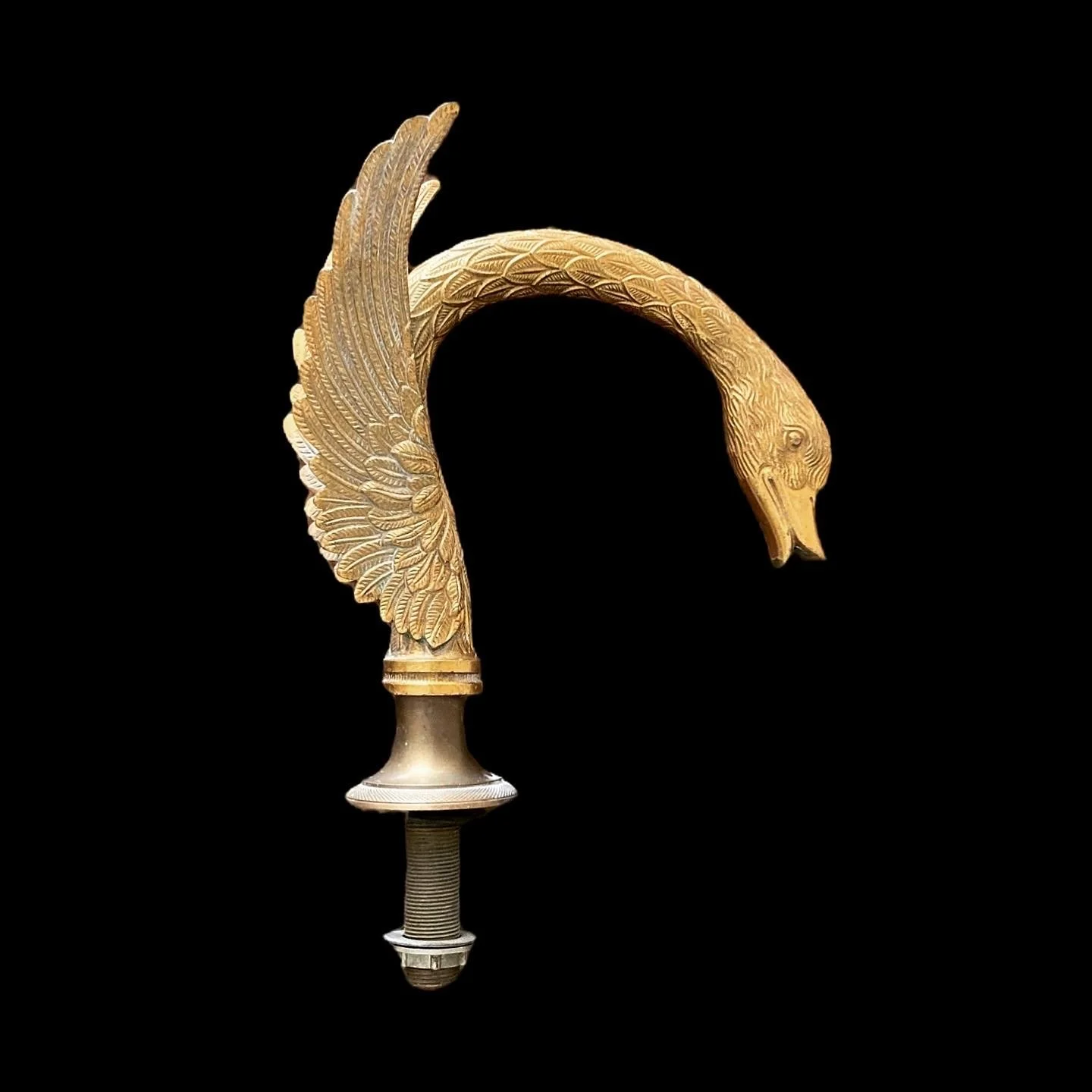A figured oak and brass late 19th Century smoker's companion
A figured oak and brass late 19th Century smoker's companion
A figured oak smoker’s companion of great character, taking the form of a horse-drawn delivery van, dated 1897, having a hinged lid and stay rail enclosing two storage compartments, with a pipe rack and vesta case to the front, and a drawer and faux drawer with hidden escutcheons to the rear, the whole on spoke cast brass wheels with an impressed registration number
Size: 9.5inches (24cm) high; 12 inches (30cm) long
Stock Number: VT20236
🔶 On Consignment
As regards smoking, we may fondly believe that the recognition of the hazards to health brought about by the smoking of tobacco is relatively new but in fact James I of England - or James VI of Scotland – wrote a powerful piece condemning the practice. His Counterblaste to Tobacco was published in 1604, describing smoking as “A custom loathsome to the eye, hateful to the nose, harmful to the brain, dangerous to the lungs, and in the black, stinking fume thereof, nearest resembling the horrible Stygian smoke of the pit that is bottomless.”
But despite such lurid warnings - and of course taken in conjunction with its addictive nature – tobacco brought such high returns and royalties that from the 16th Century onwards it was inevitable that various powerful aristocrats and merchants would encourage its cultivation and trade across the world.
By the mid-19th Century smoking in Britain was an established ritual, celebrated in literature, paintings and in the theatre. Indeed to every Victorian and Edwardian alpha male smoking was a key component of an individual’s masculinity. For the well-to-do it also required considerable paraphernalia - the avid smoker favoured a somewhat theatrical wardrobe: smoking jackets in silk velvet with satin lapels, a similar style in slippers, the whole topped by a flamboyant smoker’s cap, usually embellished with embroidery and gold tassel. The smoking room was an established area in gentleman’s clubs and stately homes; and an absolute plethora of items reflected the status of smoking: pipes, cleaners, racks, spills, spittoons, ashtrays, tobacco pouches, tobacco storage jars, ornate and inventive lighters and smokers’ cabinets of all shapes, sizes and design.
The design of this novelty piece is taken from an everyday sight of late Victorian life, familiar in any town or city. By the end of the 19th Century the more prosperous tradesmen definitely favoured horse drawn vans – as opposed to the earlier handcarts . Bakery vans had an enclosed rear body with a top rail to lodge spare baskets and trays, grocery and laundry vans were of similar design and shape.














